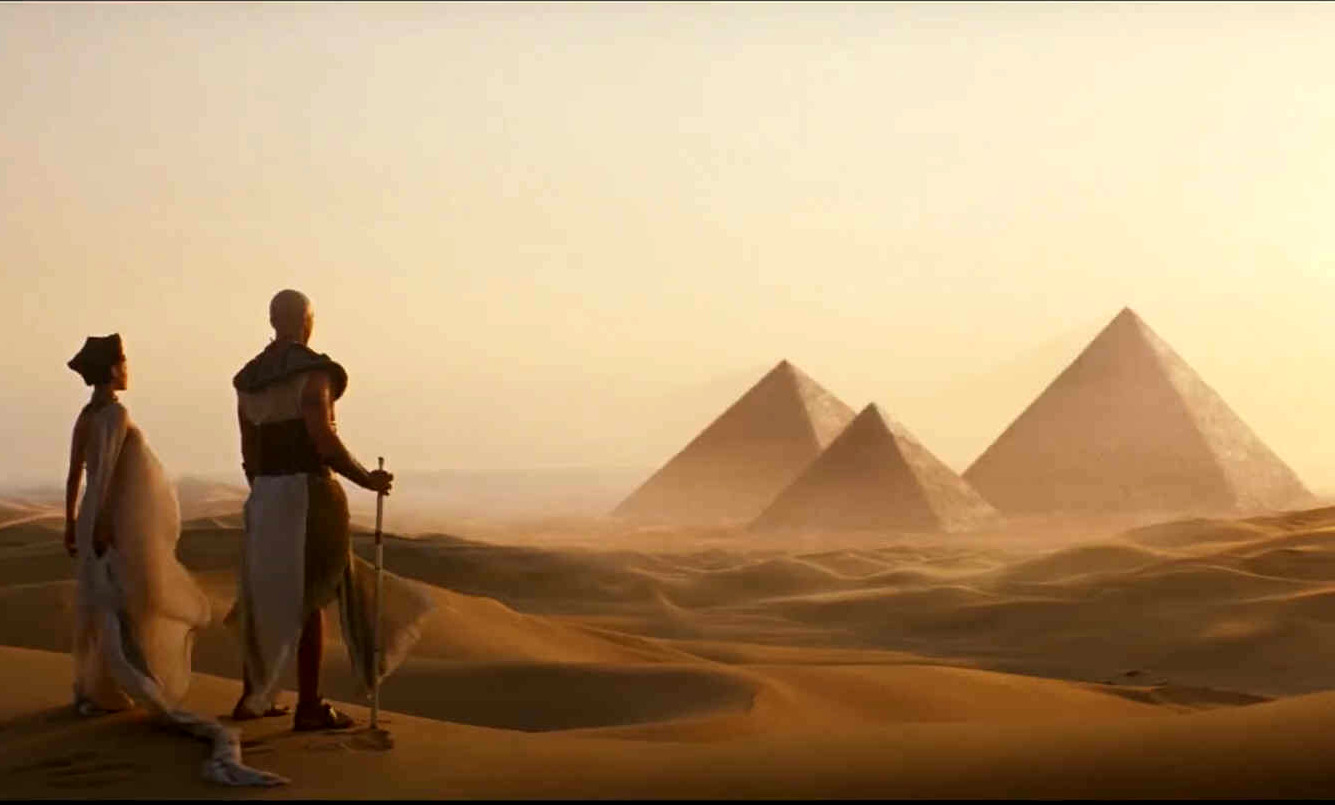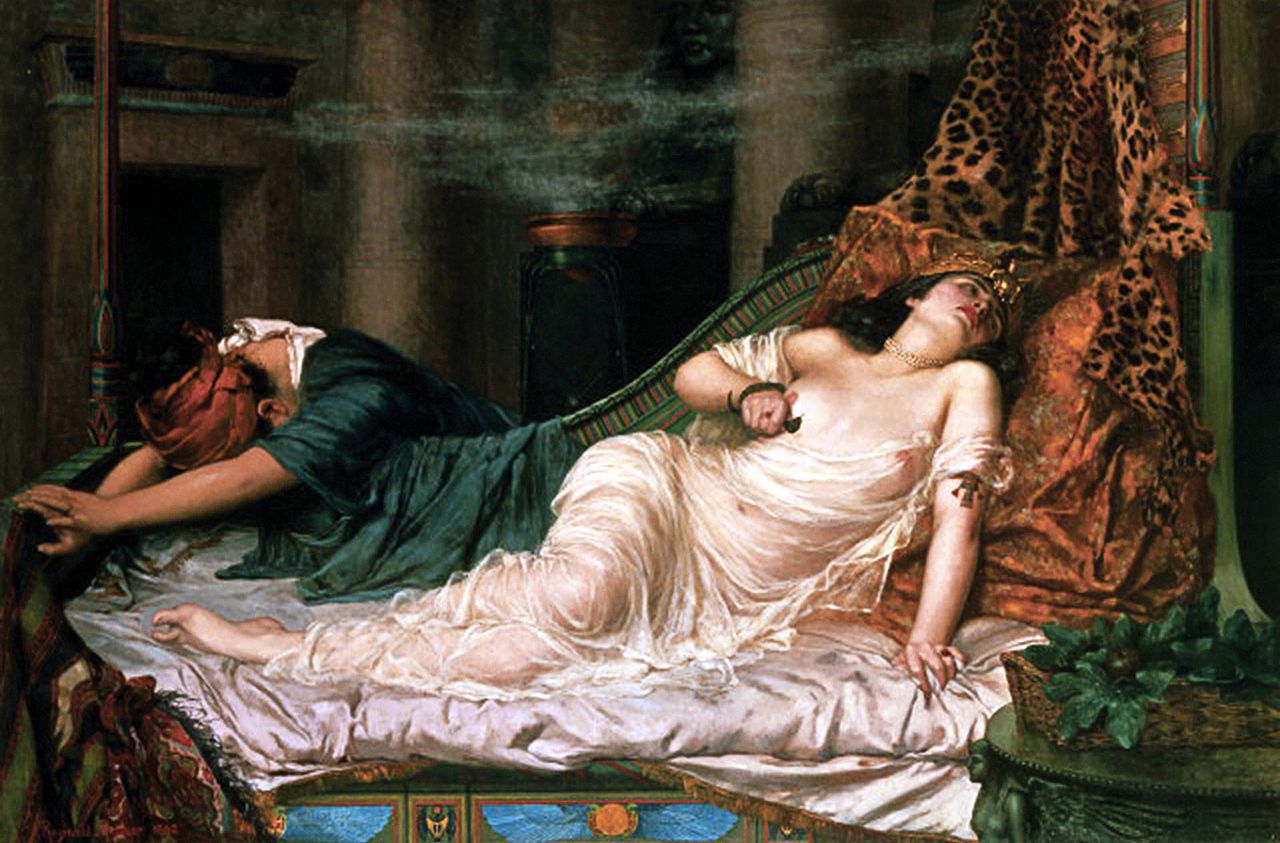
A
superb depiction of Cleopatra taking her own life, unlikely to have been by
the handling of a snake, but could well have been by an asp in a basket of
fruit. Most probably with a concoction of drugs to ease the pain.
Cleopatra is famous for her royal
headdresses, the most iconic of which are perhaps
the golden Uraeus and Vulture crowns depicted in many of the Hollywood
movies, most notably that of Elizabeth
Taylor, in the 1963 biopic, ending with the double suicide of the Nile
Queen and Mark
Antony.
The
costume departments can have a field day designing ever more elaborate head
gear, in materials and fabrics that were unknown thousands of years ago, and
yet the death mask of Tutankhamun
is a stunning piece of art yet to be equaled. Even with the advent of plastic
printing and computer aided design (CAD).
The
Ancient
Egyptian civilization used a number of different crowns throughout its
existence. Some were used to show authority, while others were used for religious ceremonies. Each crown was worn by different pharaohs or deities, and each crown had its own significance and symbolic meaning. In early Egypt, one significant and important characteristic of the many crowns, was the color white. The color symbolized kingship or nisut in the early periods and Upper Egypt. The color blue was also an important color from the 18th Dynasty on. The crowns include the Atef, the Deshret, the Hedjet, the Khepresh, the Pschent, and the Hemhem.
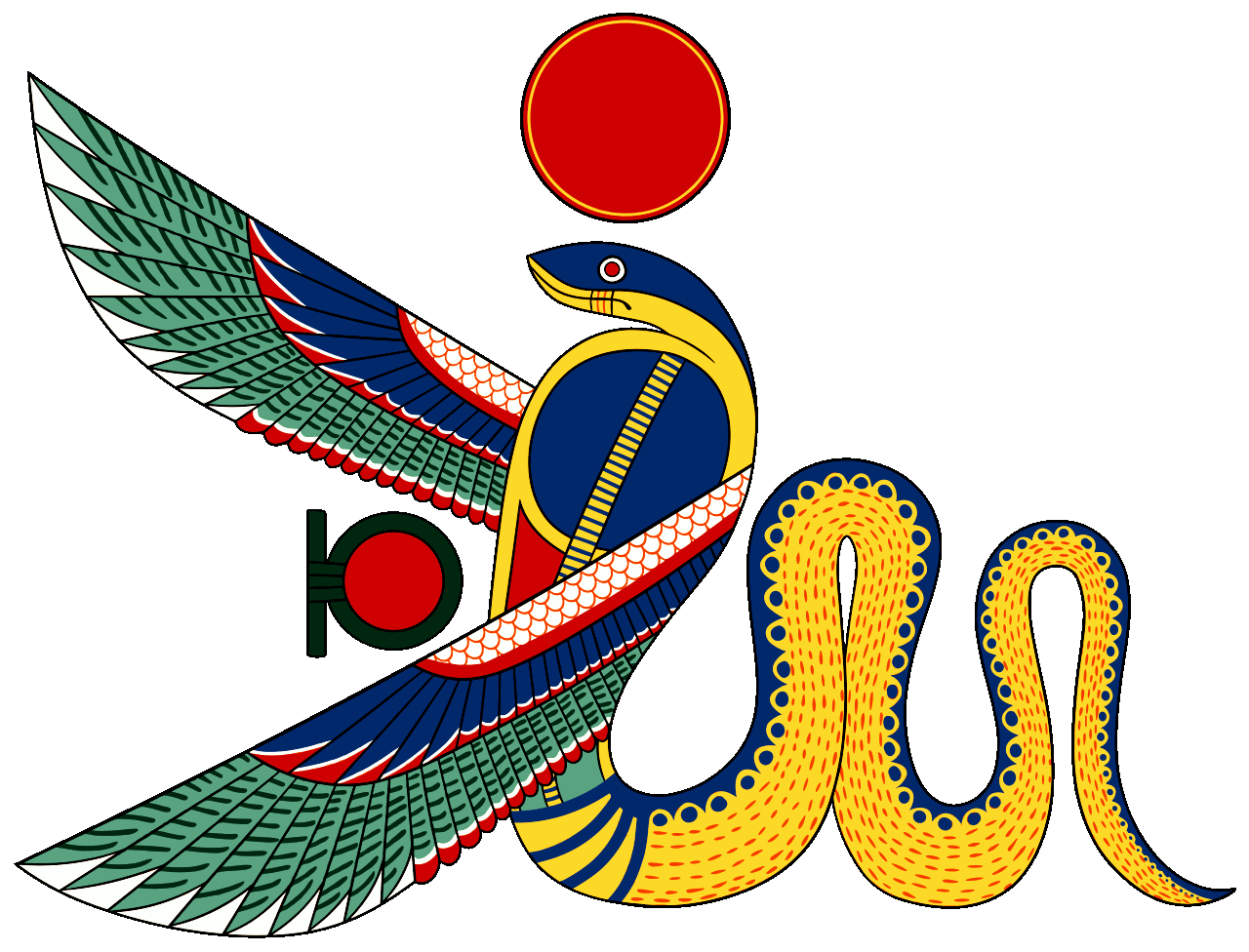
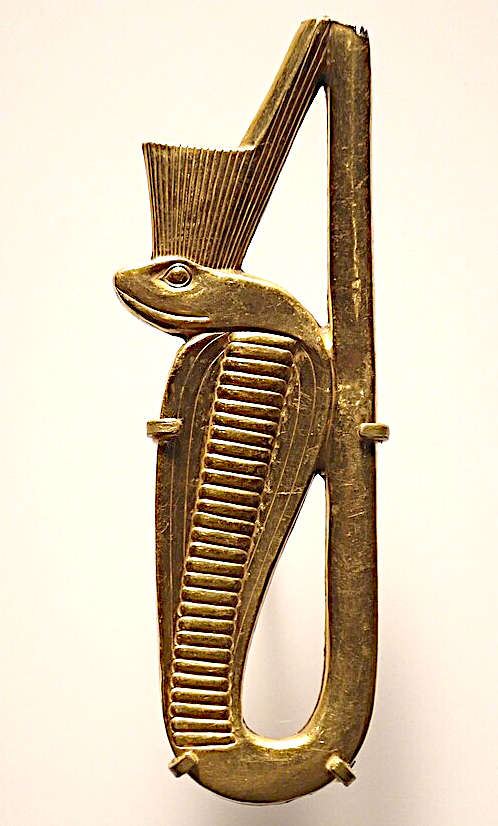
URAEUS
The Uraeus is the symbol of the Egyptian snake goddess Wadjet. One of the oldest deities in the Egyptian pantheon, Wadjet was worshiped as the patroness of the
Nile Delta and the protector of Lower Egypt. The center of Wadjet's cult was Per-Wadjet. The snake symbol worn by the pharaohs was seen to symbolize Wadjet's protection of the pharaoh and her approval of his claim of sovereignty. Some goddesses were also depicted wearing the Uraeus upon their heads, suggesting that the Egyptians believed these goddesses embodied aspects of Wadjet or fell under her protection.
When the Upper and Lower Kingdoms of Egypt unified, an image of Nekhbet, the vulture goddess and patron of Upper Egypt joined the image of Wadjet as the Uraeus on the pharaoh's crown. The two goddesses were known as the Nebty, the two ladies, and were seen as joint protectors of the newly-unified kingdom. When the sun god
Ra rose to prominence during the Middle Kingdom and the
pharaohs began to be seen as manifestations of Ra, the Uraeus was believed to protect them by spitting fire from the sun onto their enemies.
The uraeus was an ancient Egyptian symbol of a reared snake (generally a cobra). It was found throughout Egyptian art, but the uraeus was most notably attached to the very front of pharaohs' crowns. The snake in this form was a symbol of the goddess Wadjet, an ancient protective deity of Lower Egypt.
The Uraeus is the stylized, upright form of an Egyptian cobra, used as a symbol of sovereignty, royalty, deity and divine authority in ancient Egypt.
The Uraeus is a symbol for the goddess Wadjet. She was one of the earliest Egyptian deities and was often depicted as a cobra, as she is the serpent goddess. The center of her cult was in Per-Wadjet, later called Buto by the Greeks. She became the patroness of the Nile Delta and the protector of all of Lower Egypt. The pharaohs wore the uraeus as a head ornament: either with the body of Wadjet atop the head, or as a crown encircling the head; this indicated Wadjet's protection and reinforced the pharaoh's claim over the land. In whatever manner that the Uraeus was displayed upon the pharaoh's head, it was, in effect, part of the pharaoh's crown. The pharaoh was recognized only by wearing the Uraeus, which conveyed legitimacy to the ruler. There is evidence for this tradition even in the Old Kingdom during the third millennium BCE. Several goddesses associated with or being considered aspects of Wadjet are depicted wearing the uraeus as well.
At the time of the unification of Egypt, the image of Nekhbet, the goddess who was represented as a white vulture and held the same position as the patron of Upper Egypt, joined the image of Wadjet on the Uraeus that would encircle the crown of the pharaohs who ruled the unified Egypt. The importance of their separate cults kept them from becoming merged as with so many Egyptian deities. Together, they were known as the Nebty or the Two Ladies, who became the joint protectors and patrons of the unified Egypt.
Later, the pharaohs were seen as a manifestation of the sun god Ra, and so it also was believed that the Uraeus protected them by spitting fire on their enemies from the fiery eye of the goddess. In some mythological works, the eyes of Ra are said to be uraei.
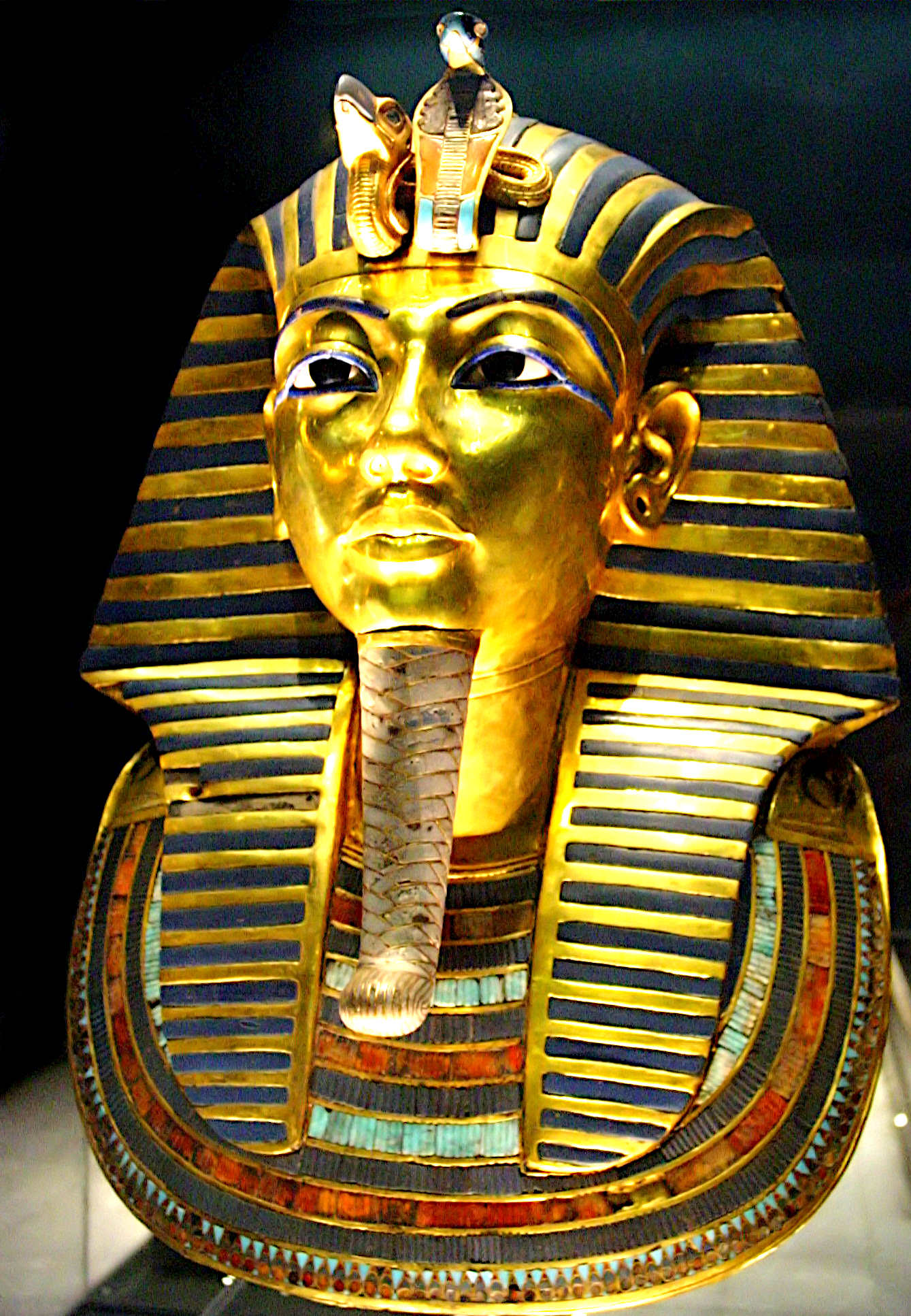
GOLDEN URAEUS OF SENUSRET II
In 1919, after only a half-hour of excavation, the Qufti worker Hosni Ibrahim held in his hands the solid-gold Golden Uraeus of
Senusret
II. It had been decided to make a (follow-up) "complete clearance" of the El-Lahun Pyramid's rooms at Saqqara. The start in the rock-cut offering chamber, leading from the tomb, on the south, immediately revealed in the turnover of the six inches of debris, the Golden Uraeus crown ornament.
Before Tutankhamun's tomb was found in 1922, this Golden Uraeus was the only ornament ever known to be worn by an entombed pharaoh, and it was thought that it was passed to the next pharaoh.
The Golden Uraeus is of solid gold, 6.7 cm (2.6 in), black eyes of granite, a snake head of deep ultramarine lapis lazuli, the flared cobra hood of dark carnelian inlays, and inlays of turquoise. To mount it on the pharaoh's crown, two loops in the rear-supporting tail of the cobra provide the attachment points.
HIEROGLYPHS
Besides the Uraeus being used as an ornament for statuary or as an adornment on the pharaoh, it also was used for jewellery and in amulets. However, another important use is as the hieroglyph.
For Uraeus ornament as a mummy grave example, See: Djedptahiufankh, High Priest of 21st Dynasty, Shoshenq I.
The simplest hieroglyph is the "Cobra" (the Uraeus); however there are subcategories, referring to: a goddess, a priestess, the goddess Menhit, the shrine of the goddess (àter), the goddess Isis, and lastly goddess: (Cobra (Uraeus) at base of deity (ntr)).
The Rosetta Stone uses the plural of the last example, "3 × "god flag" with Cobra at each base of flag". The story of the Rosetta Stone has the king (the priests of the king) listing his reasons for being honored, and in return, "The Gods and Goddesses (plural)" reward him. The last two-thirds of the Rosetta Stone relates how he will be honored, including erecting the Rosetta Stone, for all to read.
Another example of the hieroglyph usage is as adornments upon the hieroglyph for "shrine", and also for "buildings"
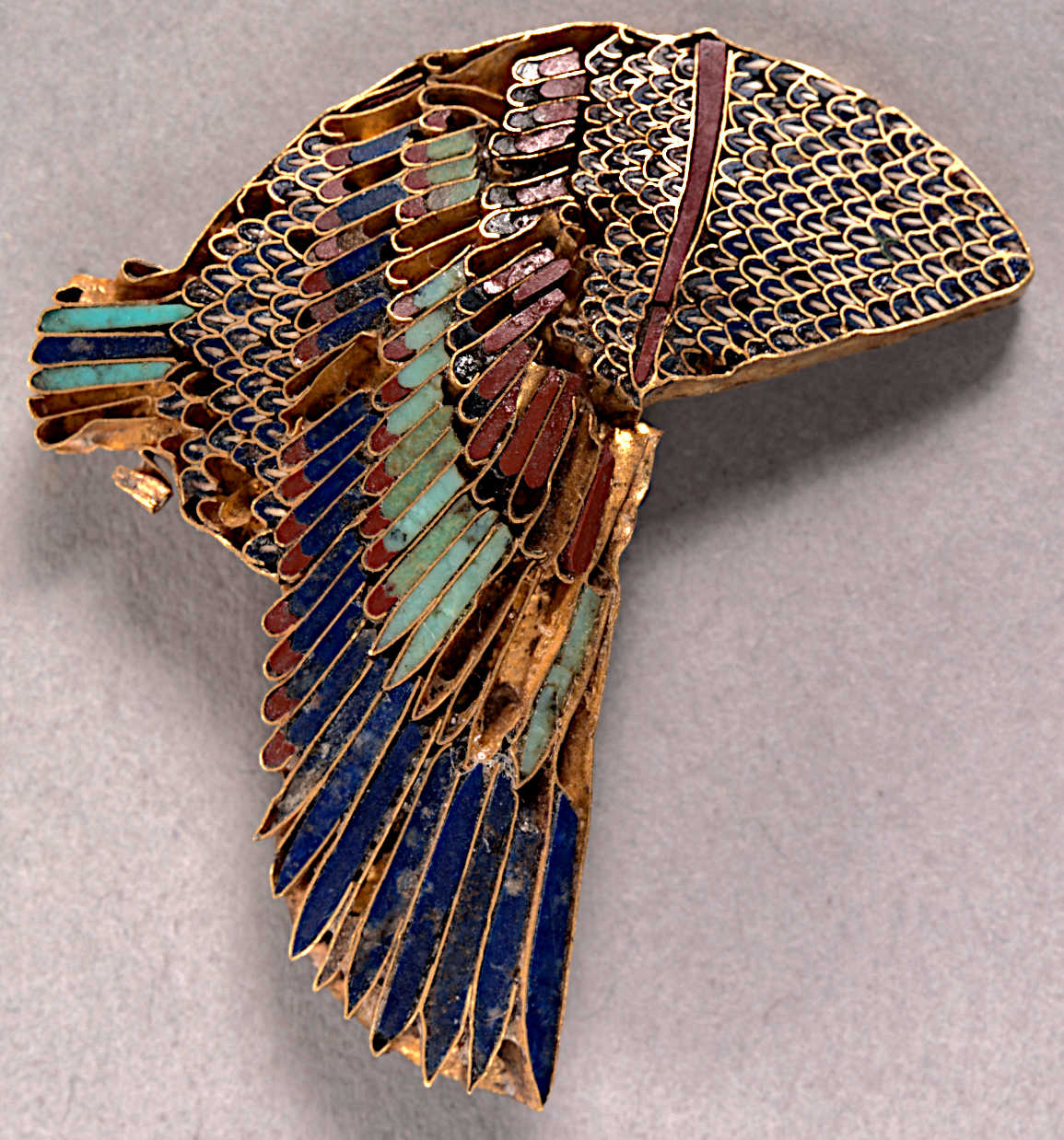
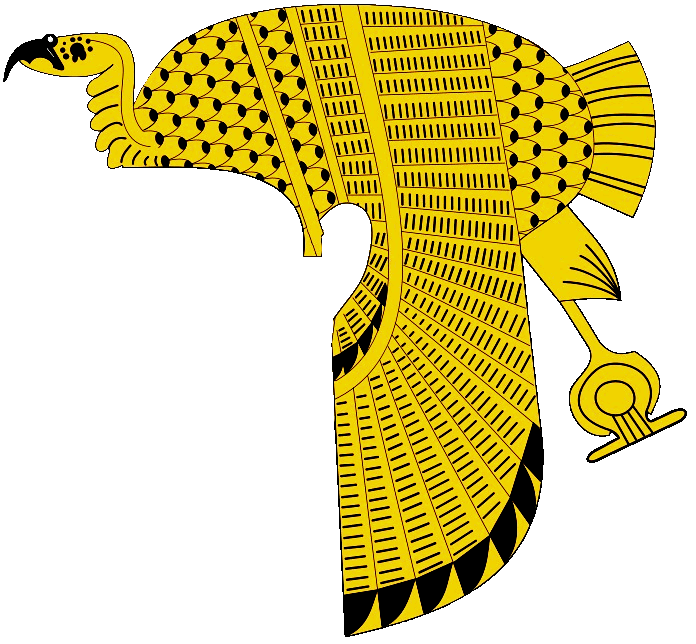
VULTURE
CROWN
The Vulture crown was an ancient Egyptian crown worn by Great Royal Wives and female pharaohs. It was depicted as a headdress in the shape of a vulture draped over the head, with its wings hanging down on the sides. It was a symbol of protection associated with the vulture goddess Nekhbet, who often wore this crown when depicted in a human form. These crowns were frequently worn by the Great
Royal Wife, high ranking priestesses, and female pharaohs. These crowns were also sometimes equipped with the Uraeus to symbolize Wadjet, representing both Upper (Nekhbet) and Lower Egypt
(Wadjet).
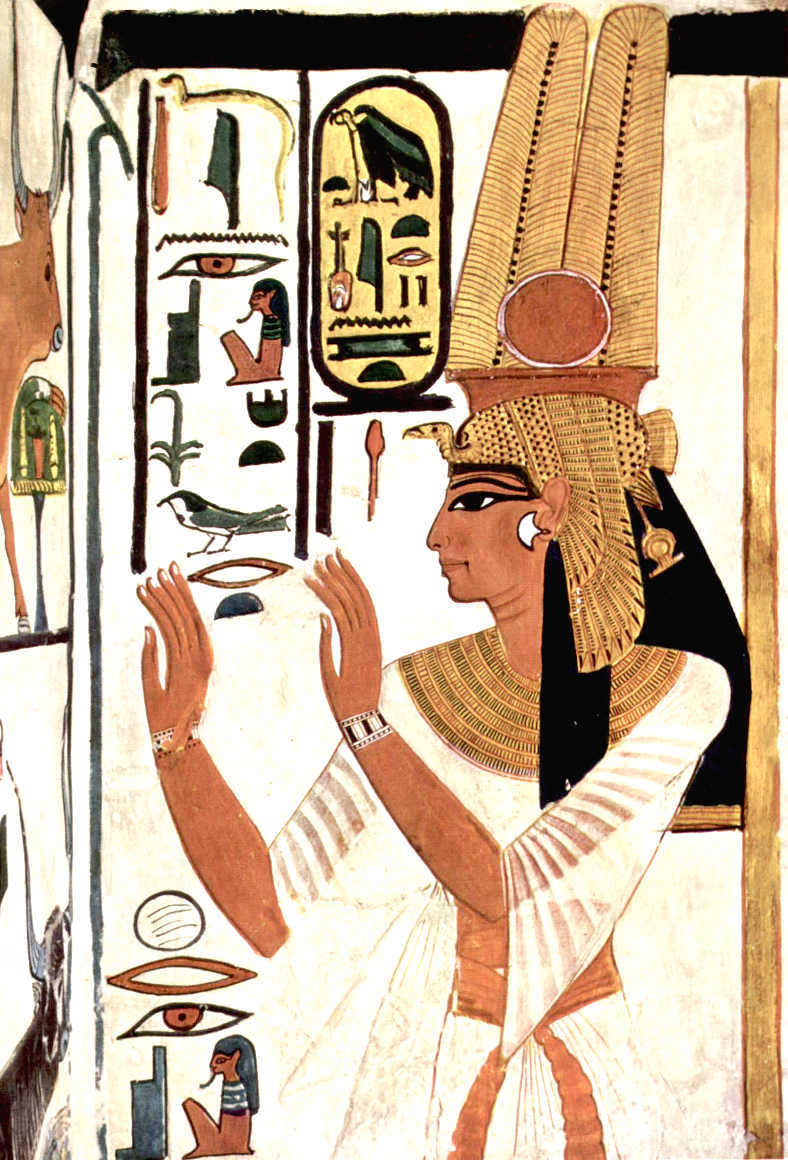
The vulture crown was initially only seen in depictions of goddesses. From the Fifth Dynasty onwards, however, queens began to wear the headdress regularly as part of their iconography. The association of Nekhbet with the queen stemmed from the vulture's symbolism of motherhood; the
hieroglyph for the vulture, mwt, was used to write the word for "mother". Because Nekhbet was a protector goddess, the queen's affiliation with her complemented the king's role as the embodiment of the falcon god
Horus.
Khentkaus II was one of the first queens to wear the vulture headdress. In the New Kingdom, the vulture's head on the crown was more frequently replaced by the
uraeus.
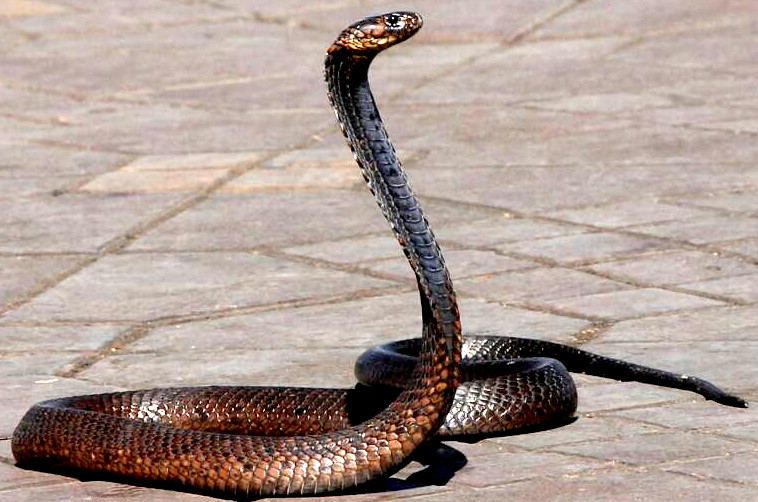
WADJET
Wadjet, known to the Greek world as Uto among other renderings including Wedjat, Uadjet, and Udjo, was originally the ancient Egyptian local goddess of the city of Dep or Buto in Lower Egypt, which was an important site in prehistoric Egypt. Wadjet's worship originally started in the Predynastic period, but evolved over time from a local goddess to a patron goddess.
Wadjet was closely associated in ancient Egyptian religion with the Eye of Ra and the Eye of
Horus symbols, each powerful protective deities. The hieroglyph for her eye is shown below; sometimes two are shown in the sky of religious images. There is little consensus on which eye is truly tied to Wadjet as both have some importance to her. The main differences between her eyes are which side of the face they are on, left or right. The color of these eyes in amulets and ceramics are usually created in vibrant blue and green colors, which resemble the goddess's name of "the green one". The green Wadjet eye amulets found in Egyptian daily life provided a token of fertility and protection to those who had them.
Wadjet was said to be the matron and protector of Lower Egypt in her cobra form, and upon unification with her sister Nekhbet,
Goddess of Upper Egypt, the joint protector and patron of all of Egypt. Scenes of the two sisters together as two cobras can be found in King Sety I's tomb, located in the Valley of the Kings. The image of Wadjet with the sun disk is called the uraeus, and it was the emblem on the crown of the rulers of Lower Egypt. She was also the protector of kings and of women in childbirth, tasked with guarding them from enemies that could harm them.
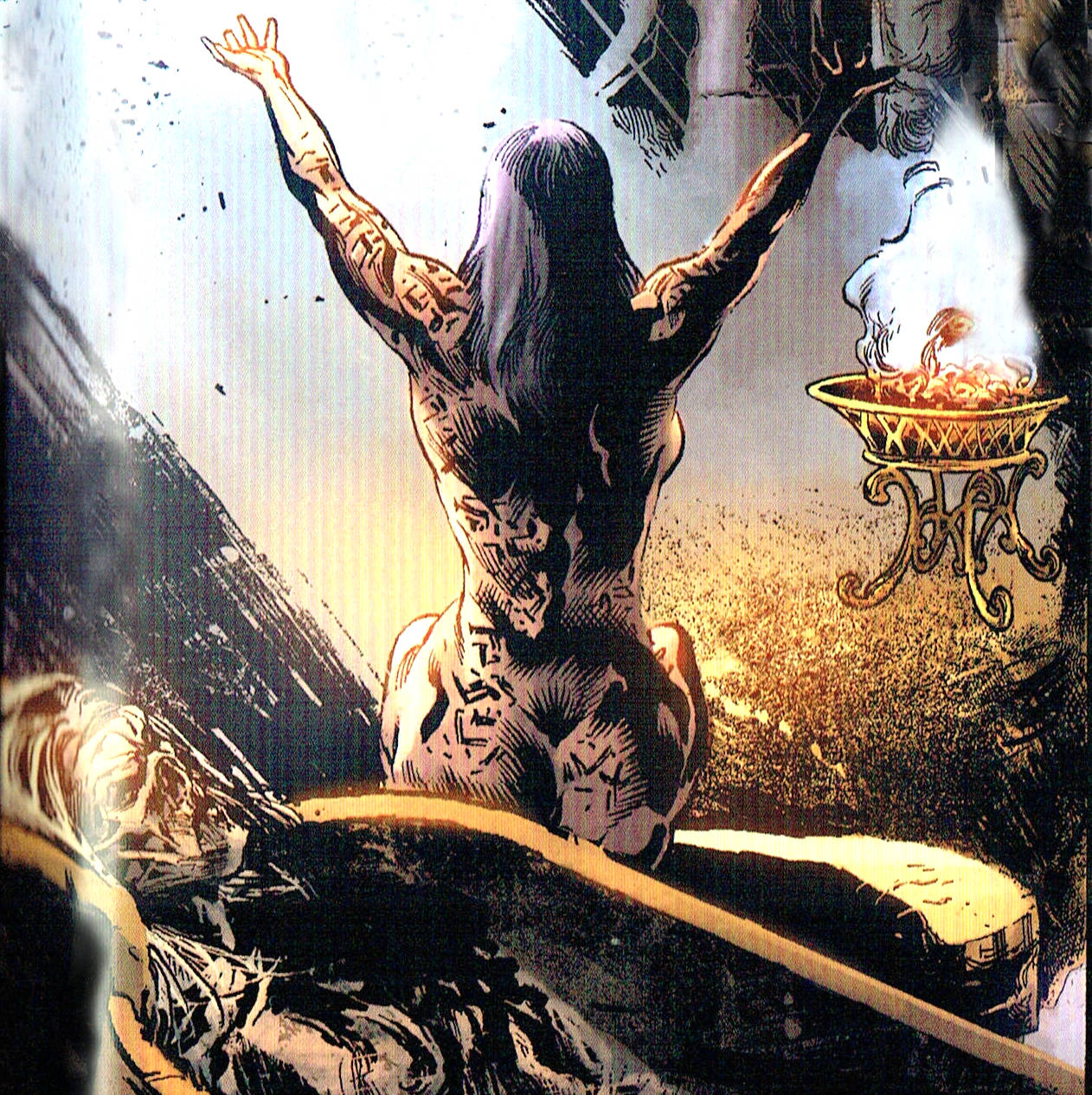
Her
prophesy come true. Cleopatra is reincarnated in the modern world.
“To our knowledge and information Cleopatra was buried in a tomb beside her palace, which is now submerged under the
Mediterranean
Sea.”
|








